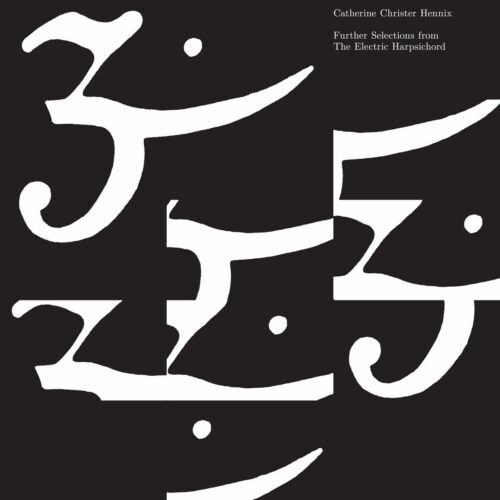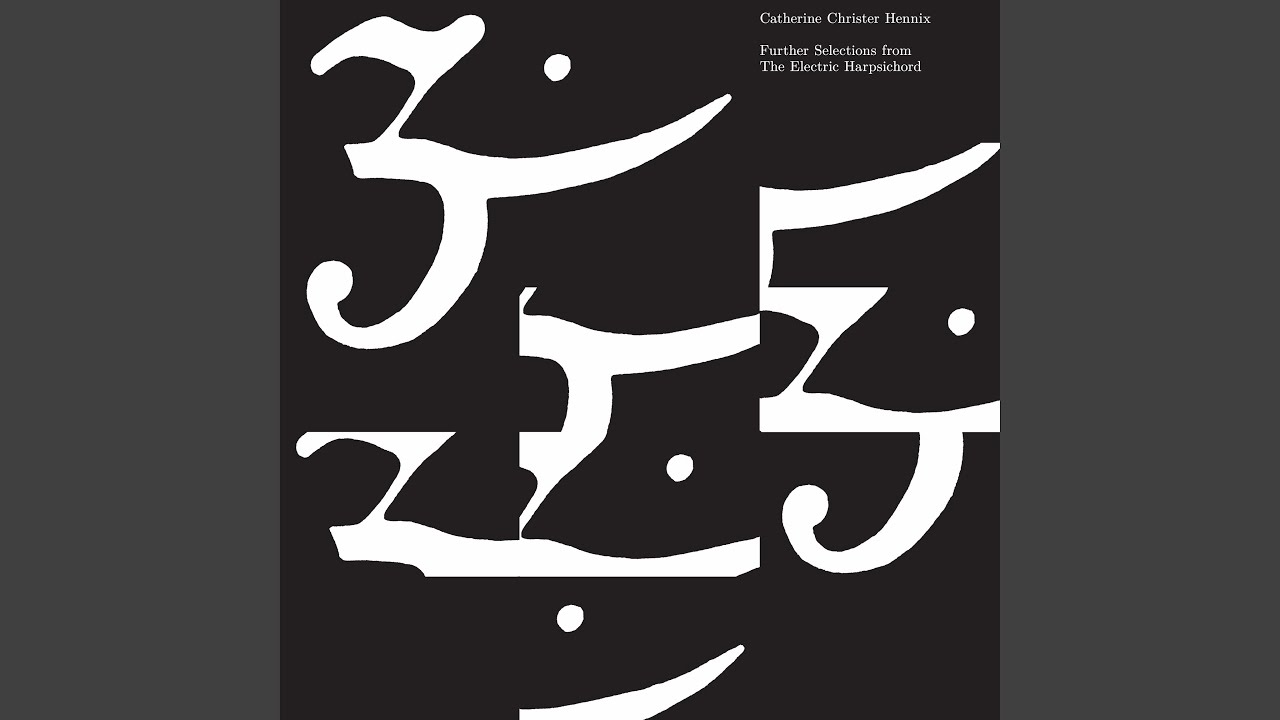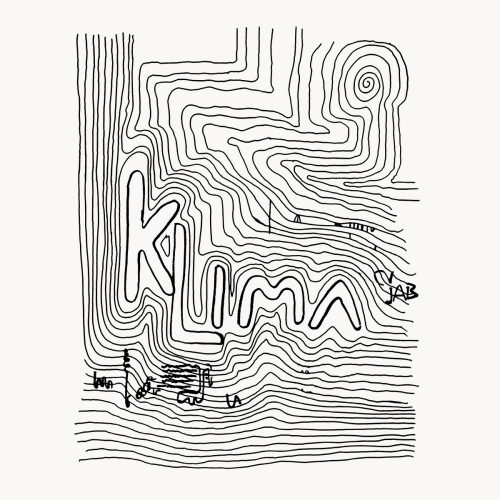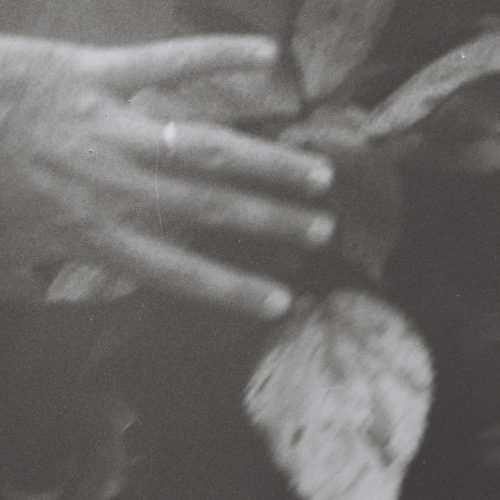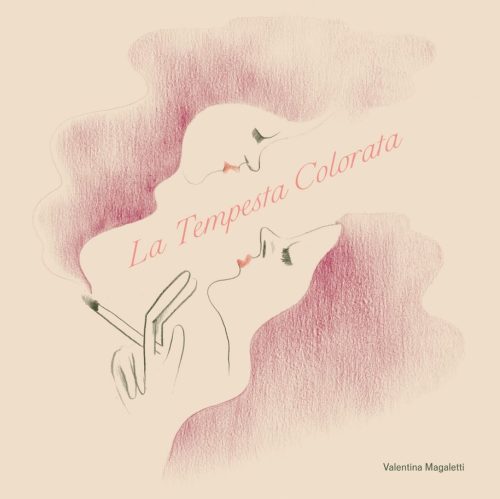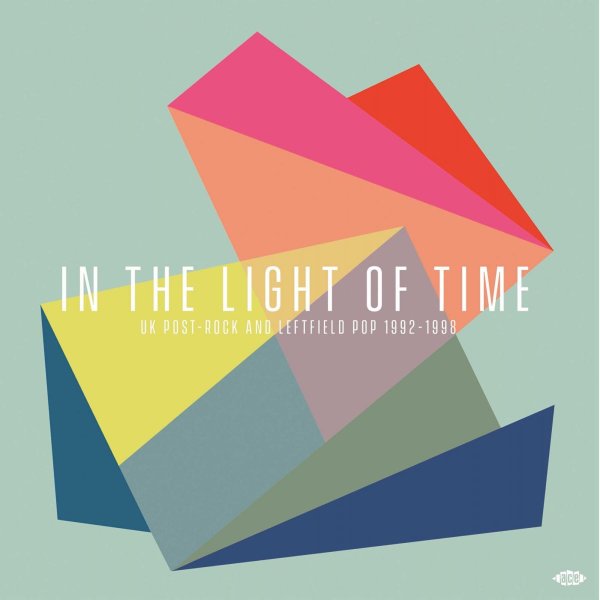Further Selections from The Electric Harpsichord
Label: Blank Forms
Genre: Experimental, Highlights
$32.99
Availability: In stock
Audiopile Review: Swedish minimalist composer Catherine Christer Hennix (1948-2023) remains one of those artists who make a nonsense of cultural gatekeeping. Ye olde critical discourse tends to define art as either Apollonian (brainy and severe) or Dionysian (wild and crazy). In music, you’ve got classical, which is brainy, and rock’n’roll, which is wild. Of course, the best music blurs the heck out of this distinction. Think of the godlike Peter Hammill, working in rock’s most Apollonian sub-genre (prog) but sounding utterly unhinged and chaotic. For the classical equivalent, the mad scientist Stockhausen is a glaring example. And Catherine Christer Hennix is right in this zone too. Look at the title of her latest archival release: ‘Further Selections from the Electric Harpsichord’. We’re at the exact intersection of Bach and Hendrix here, man. Minimalism is fertile territory for this kind of madness, given the centrality of shamanistic hippies like La Monte Young and Terry Riley. But no minimalist provides the kind of wild-and-brainy head trip that you get from Catherine Christer Hennix. ‘Further Selections from the Electric Harpsichord’ is a particularly intense dig into the Hennix vault. What you get here is an unrelentingly lysergic journey into utter strangeness. It utilizes both drones and melodic repetition, but Hennix sounds quite unlike anyone else in the minimalist canon. This music certainly does not sound like it was played on a harpsichord. But then, a Catherine Christer Hennix composition generally doesn’t sound much like anything or anyone else on earth.
Rediscovered and compiled for release shortly before her death in November 2023, Further Selections from the Electric Harpsichord presents a never-before-heard recording of composer and artist Catherine Christer Hennix’s early magnum opus. Originally debuted in 1976 at the festival Brouwer’s Lattice at Stockholm’s Moderna Museet, The Electric Harpsichord has steadily mystified fans and students of Western minimalist music for its implacable, transformative qualities, and the long-held, relative obscurity of its creator. Like the work of Hennix’s close friend La Monte Young, the piece is set in just intonation and focuses on the transcendental potentials of precise tuning, inspired by their studies with Pandit Pran Nath. Composed of bursts of oscillating, synthetic tones using a carefully retuned synthesizer and a tape-based system for feedback delay, the sounds swirl, twinkle, and appear to bend time, space, and perception. Additional, sustained chords on the sheng, most likely played by her Deontic Miracle bandmate Hans Isgren, are present at the opening of the piece and reemerge towards the end of the recording.
The release of Further Selections constitutes the most comprehensive original recording of this foundational work to date. Originally billed as The Well-Tuned Organ during its debut in Sweden, The Electric Harpsichord has developed a legendary reputation, predicated on a twenty-six minute fragment salvaged and circulated by Hennix’s friend Henry Flynt. Promoting its importance on multiple occasions, Flynt aired the work on WBAI radio, organized a pair of tape concerts at New York alternative arts spaces in 1970s, and later penned a 1998 essay which served as the liner notes to its eventual CD release in 2010. For him, this work not only represented a sterling milestone in minimal sonic aesthetics, but also spawned a new genre that he dubbed “hallucinogenic/ecstatic sound environments (HESE),” which in turn inspired his own drone-like compositions. Gradually, interest in the recording led to a spate of archival projects, public performances, and new compositions by Hennix in the 2010s, in turn drawing into focus her multifarious practice, which includes serious contributions towards mathematics, poetry, sculpture, Noh drama, philosophy, and light art.

